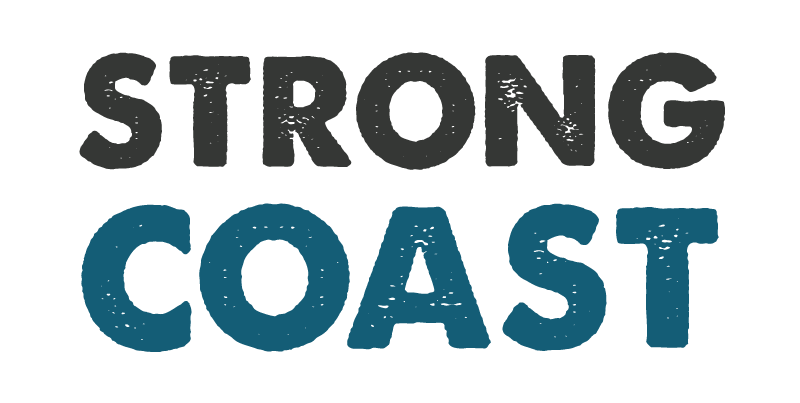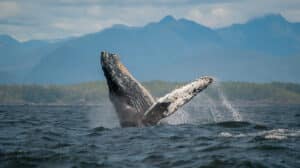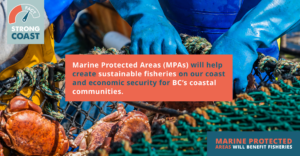Although they sound similar, “trolling” and “trawling” are two very different methods for catching fish. Trolling and trawling differ in their techniques, equipment, targeted species, and impact on our environment and economy.
Trawling: The Wide-Net Approach
Trawling is the term for dragging a large net through the water, either on the ocean floor (bottom trawling), in the midwater (pelagic trawling), or on the surface (skimmer trawling). This technique is designed to capture a wide variety of sea life en masse and is highly efficient for commercial fishing operations.
The Mechanics of Trawling
Trawling nets are enormous. They are several meters wide and pulled behind one or more boats known as trawlers. Their wide-open “mouth” scoops up fish and other marine life as the boat moves forward.
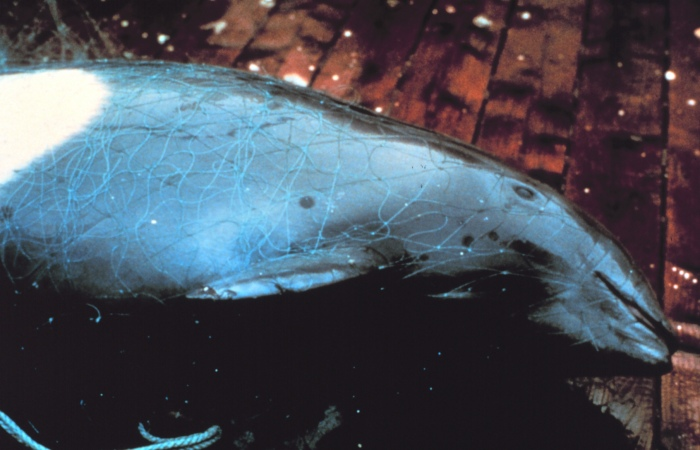
Bottom Trawling: Targets fish and seafood living on or near the seabed, such as flounder and cod. Bottom trawling disturbs the ocean floor, damages habitats, and scoops up vast quantities of non-target species (known as bycatch), which are discarded, the majority of which do not survive.
Midwater Trawling: Focuses on fish that swim in the open water, higher up the water column, including Pacific hake and walleye pollock. Also called pelagic trawling, this method is considered somewhat less damaging to seafloor habitats but still results in overfishing and high numbers of bycatch. Moreover, studies have found that despite industry claims midwater trawl gear contact the ocean floor 40 to 80 percent of the time.
The Environmental and Economic Impacts of Trawling
Trawling is controversial. A 2022 survey found that 90% of British Columbians are concerned about the threat of bottom trawling to fish stocks and the loss of biodiversity and economic stability bottom trawling creates.
Bycatch
One of the most significant problems with trawling is the amount of bycatch or non-target fish that are caught in trawler nets and then discarded. The majority of bycatch does not survive.
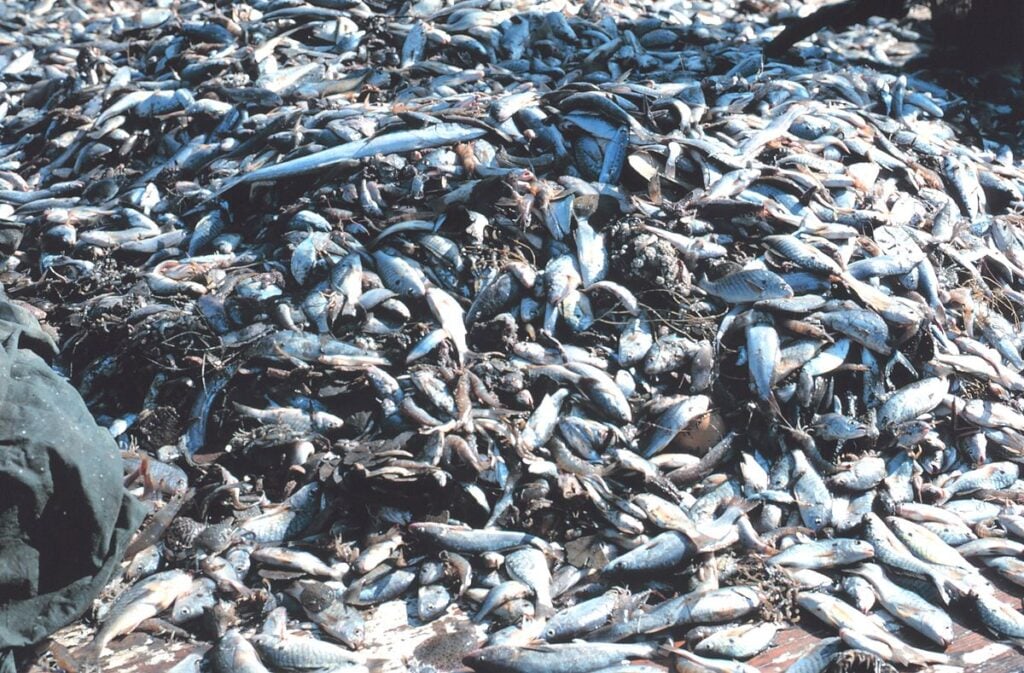
Quick numbers:
- A study of Canada’s Pacific groundfish bottom trawl fishery found that this fishery had a bycatch rate of 23%.
- A separate study that looked at global trawling operations discovered that a single tow causes an average 55% reduction in abundance of animals in the trawled area.
- In the 2022/2023 season, BC’s groundfish trawl fleet caught and discarded over 28,000 Pacific salmon as bycatch–93% of which was the endangered Chinook.
Habitat Damage
As trawl nets are dragged along the seabed, they cause extensive damage to marine habitats, including coral reefs, sponges, and seamounts. One example of this destruction in BC is the damage caused to ancient glass sponge reefs. Glass sponge reefs provide vital habitats for important species, including, zooplankton, salmon, and spot prawns. Some of BC’s glass sponge reefs are as old as 9,000 years. By the time these reefs were discovered in 1987, scientists estimated that about half of them had already been destroyed by trawling.
Recent research has linked trawling to a massive increase in carbon dioxide emissions into the atmosphere. A study published in early 2024 found that stirring up carbon-rich sediment on the seafloor releases some 370 million metric tons of planet-warming carbon dioxide every year, which is equivalent to running 100 coal-fired power plants.
Monitoring and Management
A key problem with trawling in BC is a lack of data for both bottom trawling and midwater trawling operations. A 2023 performance audit by the Office of the Auditor General of Canada found that Fisheries and Oceans Canada (DFO) has been largely ineffective at monitoring Canada’s commercial fishing industry.

One issue is that DFO often relies on voluntary reporting from trawlers, especially for the midwater trawl.. But if managers do not know the exact bycatch or rate of habitat damage, they are not able to hold the commercial fishing industry accountable and ensure the future of our ocean economy. An example of this is shown by the 2023 audit of fish populations in Canada, which found that there are no healthy forage fish populations in the Pacific region and that many populations of Pacific salmon are in serious decline.
Trolling: The Art of the Chase
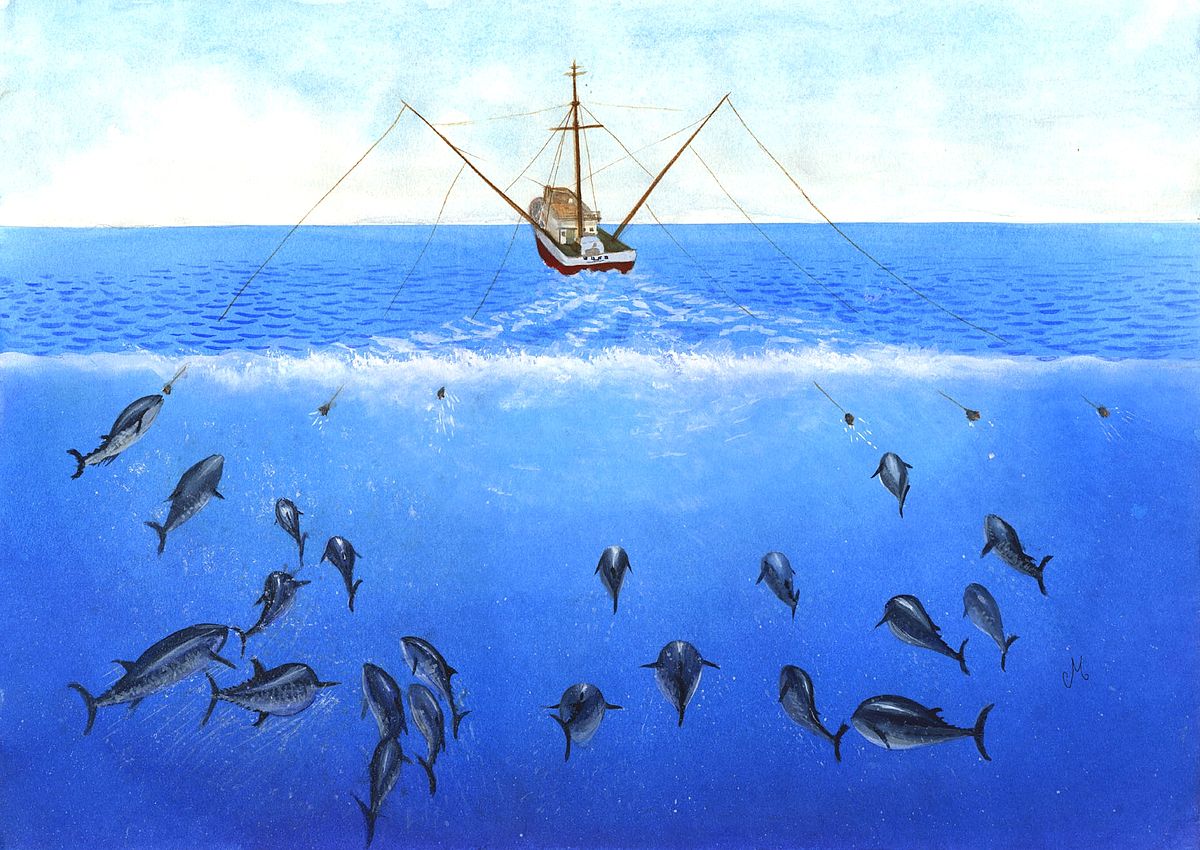
Now that we’re done with the bleakness of trawling, let’s move on to trolling. Many people are familiar with the concept of “trolling” as it relates to bad online behaviour, but that’s not what we’re talking about here. Trolling, in the context of fishing, is a more targeted fishing method that involves towing one or more fishing lines behind a boat, each baited with hooks and often adorned with lures designed to mimic the appearance and movement of prey fish. Trolling is used by both recreational and commercial fishermen to catch specific species of fish.
How Trolling Works
In trolling, the boat moves at a steady pace, allowing the baited lines to cover a wide area and attract fish. The speed of the boat can be adjusted based on the targeted species, as different fish are attracted to different speeds and types of bait.
- Freshwater Trolling: Often aimed at catching species like bass, walleye, and trout. Fishermen might use a variety of lures and baits to appeal to the specific dietary preferences of the target species.
- Saltwater Trolling: Targets ocean-dwelling species such as Pacific salmon. Saltwater trolling can involve larger lures and more robust equipment due to the size and strength of the fish.
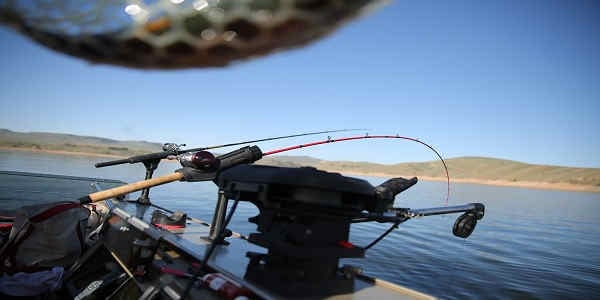
A multitude of line-spreading devices are used in trolling. These include:
1. Outriggers
Think of outriggers as long arms that extend from the sides of a boat, allowing you to fish with many lines in the water at the same time without getting them all tangled up. With the bait attached to the ends of these lines, it can look like there’s a whole school of fish swimming around, which is great for attracting bigger fish.
2. Downriggers
Downriggers are used to keep your bait or lure deep in the water. Imagine a pole sticking out from the boat with a heavy weight dangling on a cable. You attach your fishing line to this weight with a special clip. This way, your bait stays down deep. You can reel your line back in by hand or with a motor.
3. Paravanes
You can think of paravanes as underwater gliders that help keep your bait or lure at the perfect depth and place in the water. They come in different shapes and work like kites under the water. You can use many of them at once in different locations and depths without them getting in each other’s way.
4. Spreaders
These gadgets let you fish with multiple hooks or lures from just one line. Some really clever designs even make the baits move in a spiral, like how real fish swim together in a group.
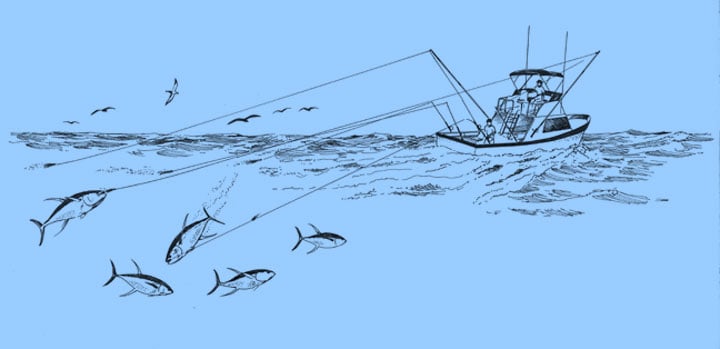
5. Planer boards
Planer boards are used to spread your fishing lures out wide from the boat, letting you fish with many lines at once. There are two types: one has two boards linked together and fixed to the front of the boat, spreading the lines out; the other type clips directly onto your fishing line and moves down to a set spot when you start fishing. Both types help you cover more water and catch more fish.
Trolling in Canada
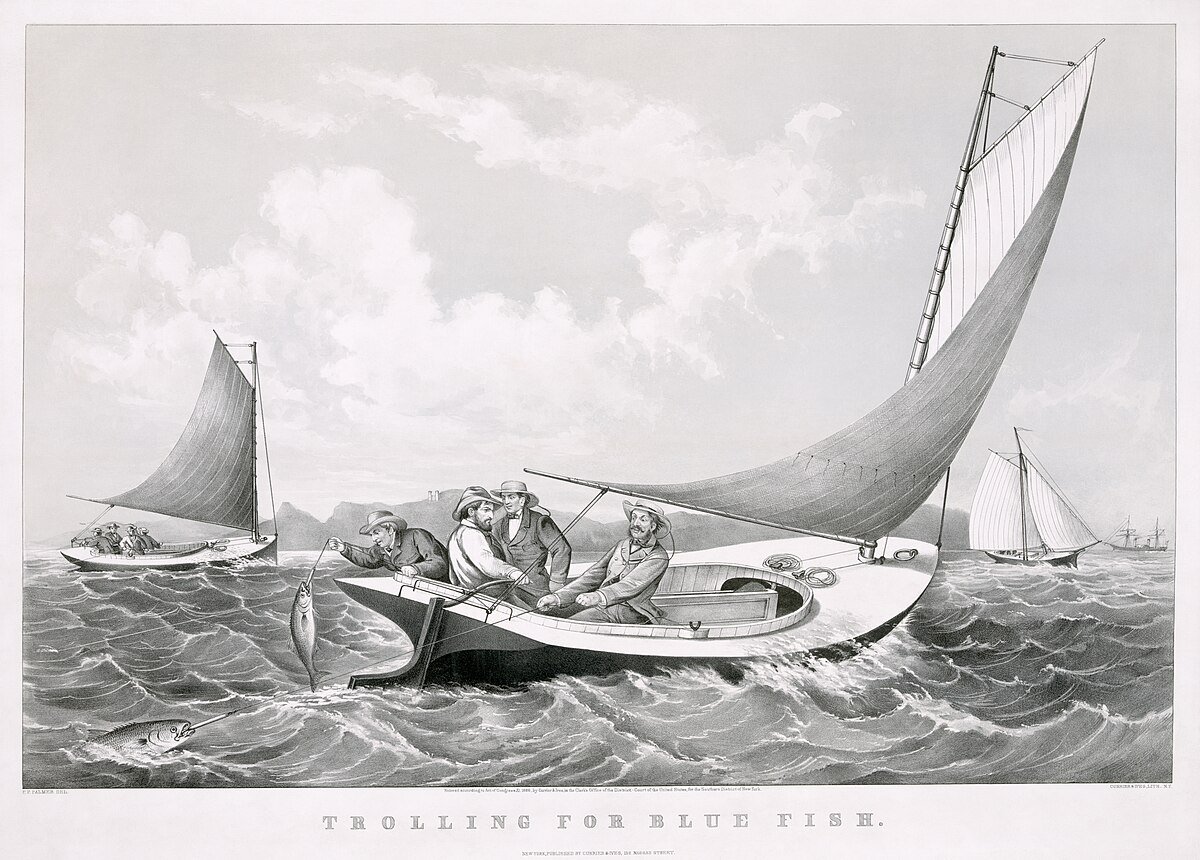
Trolling became a primary method to fish salmon initially in small, often individually operated boats, with fishermen using multiple lines and lures. This method was preferred for its selectivity and reduced bycatch, compared to other methods like net fishing.
Trolling also became popular among recreational fishermen in BC, trolling the province’s freshwater and saltwater for species like salmon, trout, and pike. The growth of recreational fishing in the 20th century, facilitated by improvements in transportation and the availability of more sophisticated fishing gear, further cemented trolling’s place in Canadian fishing culture.
Conclusion: Trawling vs. Trolling
Trawling and trolling are both effective ways to catch fish. However, they serve different purposes and have very different impacts on marine environments. Trawling is preferred by large-scale commercial fishing operations, offering efficiency at the cost of immense ecological and economic impact. Trolling is considered a more sustainable approach, for targeting specific species with less environmental disruption.
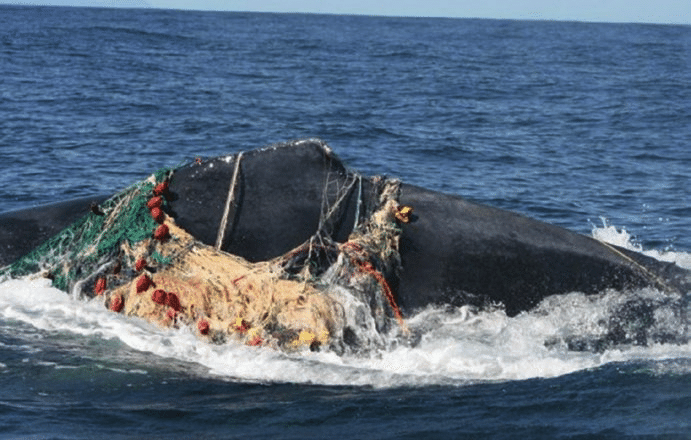
Understanding these differences is crucial for responsible management of fishing, to balance of BC’s fishing industry practices with defending our oceans for future generations.
The trawl fishery is consolidated in the hands of a few very wealthy individuals or corporations (including foreign entities). The economic prospects of independent fishers especially have continued to worsen over the years. For instance, fishers in B.C. have seen an average 29% decrease in their incomes between 2000 and 2015.
Small-scale fisheries, owner-operators, and independent fishers are finding it increasingly difficult to find their place in BC’s commercial fishing industry, with federal laws and regulations that give unfair privileges to big companies in the form of monopoly over licenses and quota.
Ultimately, for the sake of the long-term future of BC’s communities, marine resources and marine economy, let’s ask if trawling should have a place on our coast.
